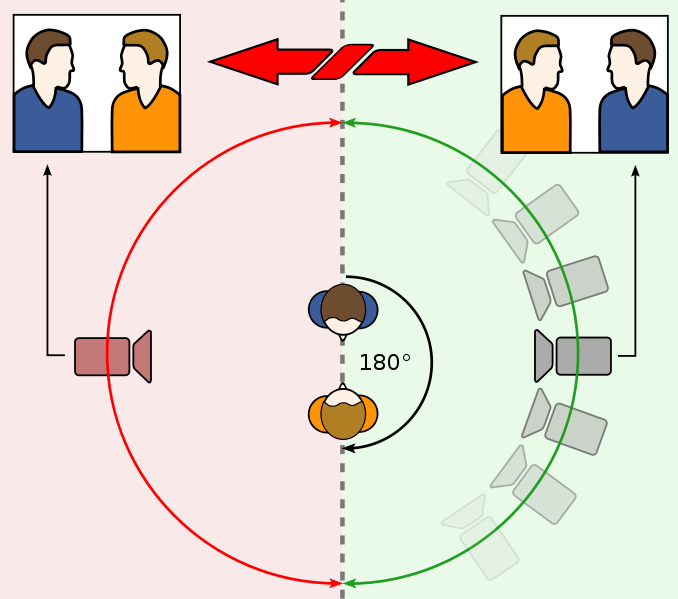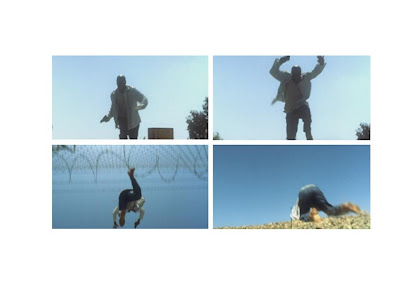Here is the Shot List that me and my group have prepared for the X-Factor Audition-
Location | Scene No | Shot No | Description |
On stage | 1 | 1 | Close up of ELLYS face, happy she’s got through |
Leading off the stage, towards the stairs. | 2 | 2 | End of audition, ELLY jogs off stage towards the back left of the stage and down the stairs. |
On the stairs | 3 | 3 | Walking down the stairs and through the doors (1) to the right. Panning. |
Corridor | 4 | 4 | Close up shot of ELLY’S face as they are exchanging dialogue. |
4 | 5 | Tilts down ELLY’S body as KELLY points out she’s shaking. KELLY then asks ELLY to have a seat from this angle. | |
4 | 6 | Camera angle over KELLY’S shoulder facing ELLY for the dialogue until before the line that reads “And, which judge do you hope you impressed?! | |
4 | 7 | Camera angle over ELLY’S shoulder facing KELLY for the line “And, which judge do you hope you impressed?” | |
4 | 8 | Dialogue continues till end with the camera facing ELLY. | |
Corridor walking towards the doors (2). | 5 | 9 | ELLY ends the dialogue with KELLY and leaves through the doors (2). Camera shot from behind as she’s walking away. |
Section B:
As a group we decided thought that the whole X-Factor Audition theme would be good for our group work becuase it has a lot of emotions to it, so what we done is ELLY was extremely happy that she has gone through to the judges house so she joggs of the stage jogging down the stairs so to add affect to it we decided to pan down ELLY's body, down to her waist/hand to show that her hand is shaking.
We also done quite a lot of different shots to show the characters movement, when ELLY was told that she was going through we done an Extreme Close-Up to her face to show the facial expressions she was making also we done Shot-Reverse-Shot to show ELLY and KELLY sitting down, talking to each other.
Story Board:
Here is the Story Board that me and my group have prepared for our X-Factor Audition:









 'Reverse Shot'
'Reverse Shot'










